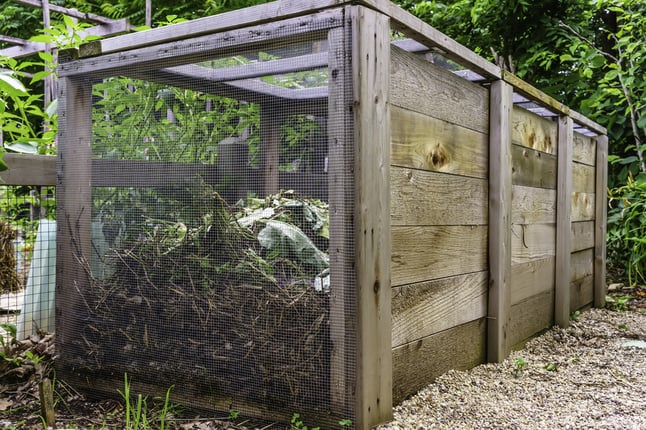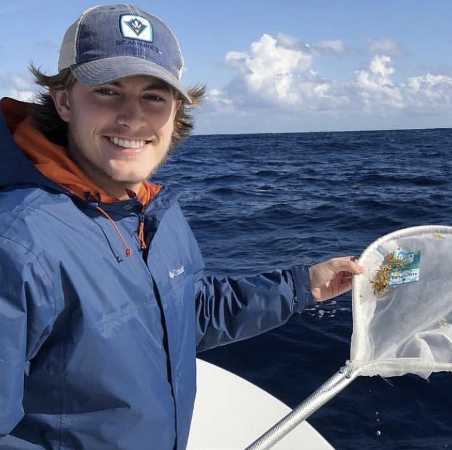How We Can Use Simple Data Science to Prevent Food Waste
What is the lifecycle of our food? You have probably heard of farm to table, or perhaps you simply buy food from the grocery store and throw out the food scraps and expired food. But, what exactly happens in the cycle of our food when we start from the earth below us to our dinner plates and beyond the trash can?
In short, our food is much more connected to our planet than we realize, and food waste sets the center stage of an environmental, economic, and social issue that goes unnoticed beyond our households.Research shows that up to 40% of food goes unsold or uneaten annually in the United States, even though 1 in 4 adults struggle with hunger.
How could we produce enough food to feed the entirety of the U.S. just to see nearly half of all food made be thrown into the landfill?
The answer lies within how we view and assess our food and its subsequent waste. The common standard within our communities is to throw out food scraps, expired food, and overconsumption. While many people may donate nonperishable food items, too much food falls through the cracks and into the landfill. This is the unfortunate lifecycle of 40% of food in the U.S. Ultimately, this pattern makes food waste bound to the landfill enter a long degradation process which emits greenhouse gases, such as methane, a gas 25x more potent than CO2 in regard to its ability to trap heat in the atmosphere.
Food waste further exacerbates the desperate need to both reduce food insecurity and environmental disparity as we continue to face an ever changing climate. To put things into perspective, buying food and then eating it or throwing it out could be considered a relatively linear form of consumption. Food has a set destination if it is not eaten, which is the landfill. Once food enters the landfill, it is no longer considered part of our direct system of consumption.
Reimagining our food as a circular entity can solve the issues of food waste. That is, when we grow food and sell it locally, we must remove waste by either providing unsold or uneaten food to those who need it and composting all food waste. When we compost our food, we can then provide nutrient-rich soil to local farmers, gardens, and communities to improve the quality and overall harvest of foods. This keeps food relatively close to the source and in a closed-loop system. This system, in turn, reduces emissions, improves soil conditions, increases food availability for those who cannot access or afford it, and makes a healthier local ecosystem.

Enclosed Compost
So, how can we even think about starting this shift? Well, with some simple data science and a little composting, we can see big opportunities to make a change.
- Beginning with an audit, or logging all the items that we see going into our trash bin, let’s say for a week or a month, we can figure out what we personally waste the most. If you work at a school or an office, think about looking into what waste goes into the trash that could be composted or still eaten. When we quantify what food goes to the landfill, we can begin to understand what we need to do when food goes uneaten or unsold, and start working on mitigating or diverting food waste from the landfill and into the homes of those who need it and the compost bin.
- From here, it is encouraged to look into funding programs which may arise from upcoming legislation from the Zero Food Waste Act, existing grants in gardening and science, or start a community composting program to generate rich soil for your garden.
- If your community or town already has a county composting program, a private composting company, or a community composting program, then put it to use! Reducing our food waste has a trifold impact on our local economy by supporting local farmers, reduces food insecurity when we can get more food to those who do not have access to it, and benefits the environment by reducing emissions and increasing soil nutrition.
Wherever you start, we hope you begin to look at food differently. Food is much more than something we eat, it is a connected, circular way of life.




.jpg)
